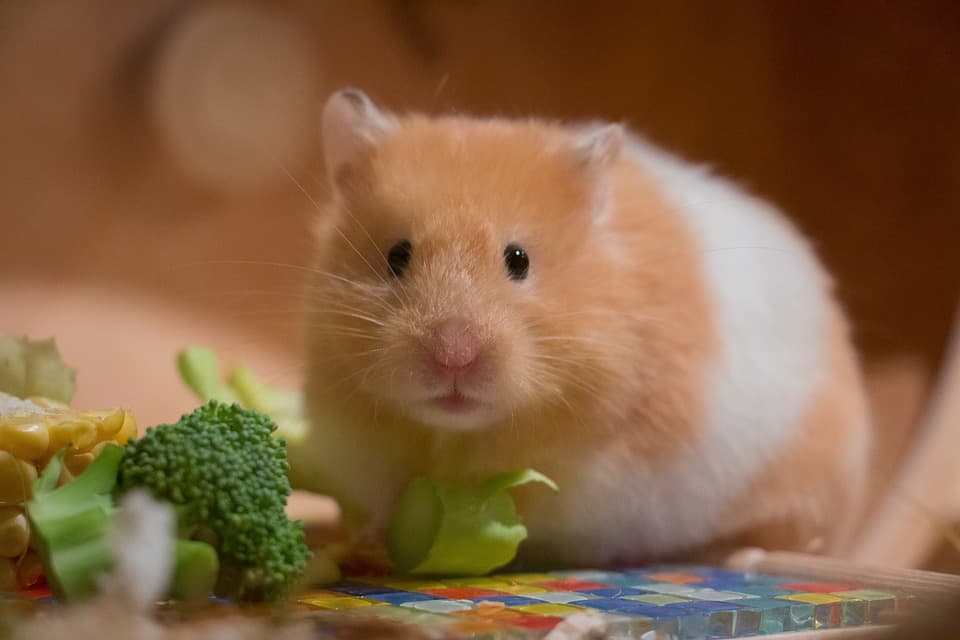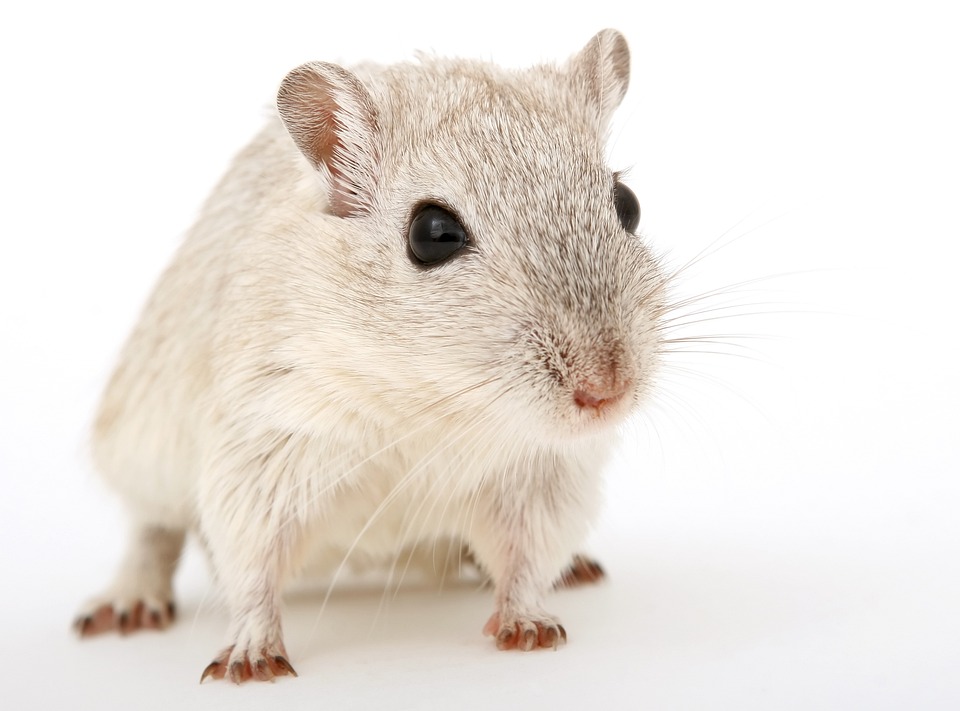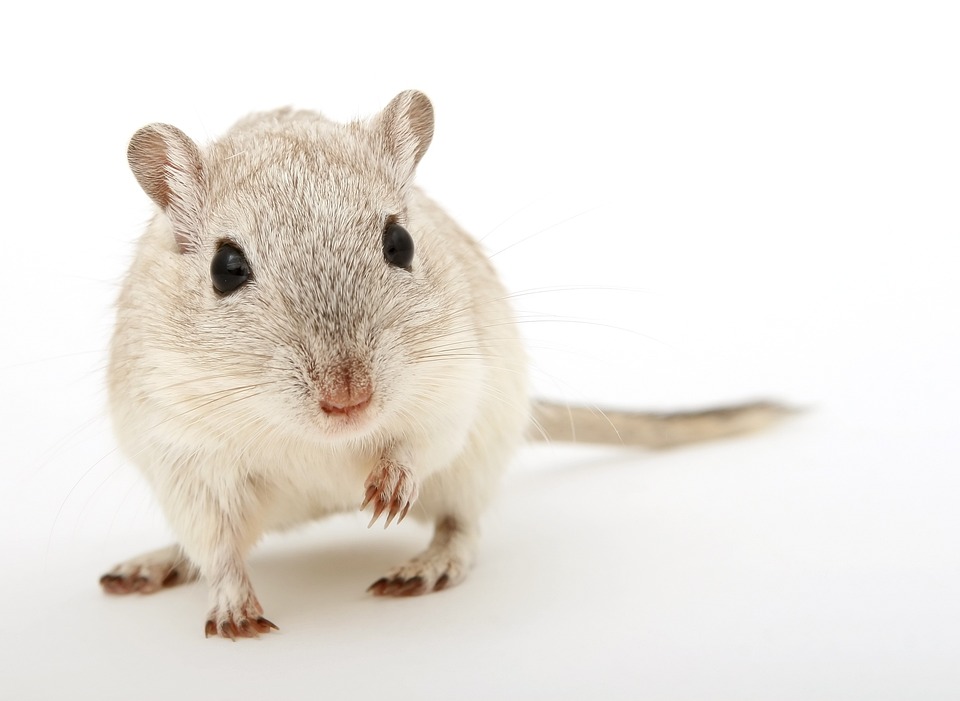What is fur farming?
Fur farming is the practice of breeding and raising animals for their fur. These animals, such as minks, foxes, chinchillas, and rabbits, are kept in captivity in often cramped and unsanitary conditions solely for the purpose of harvesting their fur for commercial use.
Fur farming has been a controversial practice for many years, with animal rights activists and welfare organizations campaigning against it due to the unethical treatment of the animals involved.
How are animals raised on fur farms?
On fur farms, animals are typically kept in small cages or pens, with little space to move around. They are often deprived of their natural behaviors and instincts, leading to stress, boredom, and health problems. In order to produce the best quality fur, animals are often kept in crowded and unsanitary conditions, leading to the spread of diseases and parasites.
Many fur farmers use inhumane methods to kill the animals, such as gassing, suffocation, or neck-breaking. These methods are often chosen for their efficiency and cost-effectiveness, rather than for the welfare of the animals.
What are the ethical concerns surrounding fur farming?
The ethical concerns surrounding fur farming are numerous. The most obvious concern is the inhumane treatment of the animals, from their cramped living conditions to the brutal methods of killing them. In addition, the breeding of animals solely for their fur is seen as exploitative and unnecessary in today’s society, where alternative materials can be used for clothing and fashion.
Furthermore, the environmental impact of fur farming is significant, with the mass production of animal feed, waste management, and pollution all contributing to the destruction of natural ecosystems and habitats.
What are the arguments in favor of fur farming?
Those in favor of fur farming argue that it provides jobs and economic benefits to rural communities, particularly in countries where fur farming is a significant industry. They also claim that the fur trade is highly regulated and that animals are bred and raised in accordance with welfare standards.
Some proponents of fur farming also argue that natural fur is a sustainable and environmentally friendly material, as it is biodegradable and long-lasting, unlike synthetic alternatives which contribute to pollution and waste.
What is being done to address the issues surrounding fur farming?
Many countries and regions have implemented regulations and bans on fur farming in response to public outcry and pressure from animal rights organizations. Organizations such as the Fur Free Alliance and PETA have campaigned for fur-free policies in the fashion industry, leading to many major brands and designers phasing out the use of fur in their products.
Additionally, technological advancements have led to the development of synthetic and cruelty-free alternatives to fur, providing consumers with ethical and sustainable options for clothing and accessories.
Conclusion
Fur farming is a controversial industry that has sparked widespread debate and activism. The ethical concerns surrounding the treatment of animals, the environmental impact, and the availability of alternative materials have led to increasing pressure on governments and businesses to address the issues and move towards more ethical and sustainable practices in the fashion industry.
FAQs
1. Is fur farming legal?
The legality of fur farming varies from country to country. While some countries have implemented bans on fur farming, others continue to permit the practice. It is important to research and understand the regulations in your region.
2. Are there humane ways to raise animals for fur?
While some fur farmers may claim to adhere to humane standards, the inherent ethical concerns surrounding the exploitation of animals for their fur have led many to believe that there is no truly humane way to raise animals solely for their fur.
3. Why is synthetic fur considered a more ethical alternative?
Synthetic fur is considered a more ethical alternative to natural fur because it does not involve the exploitation and killing of animals. It is also more sustainable and environmentally friendly, as it does not contribute to the destruction of natural habitats and ecosystems.
4. Can fur farming be sustainable?
While proponents of fur farming argue that natural fur is sustainable, the mass production and environmental impact of fur farming have led many to believe that it is not a sustainable practice in the long term.
5. What can consumers do to support ethical and sustainable fashion?
Consumers can support ethical and sustainable fashion by choosing cruelty-free and environmentally friendly products, researching brands and companies that prioritize ethical practices, and advocating for the phasing out of fur in the fashion industry.v



